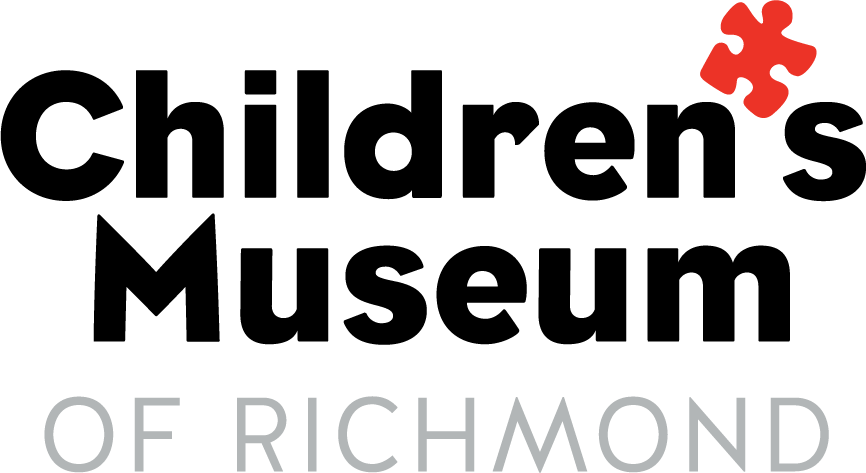Explore Through Movement and Play
Why? Science shows that 80% of brain growth happens by the age of three! Beginning from birth, young brains develop like little muscles, getting bigger and stronger the more you and your family interact with your child. There are many different kinds of play: imaginative and pretend play, creative activities such as drawing, all sorts of…
Published on June 9, 2025

Why?
Science shows that 80% of brain growth happens by the age of three! Beginning from birth, young brains develop like little muscles, getting bigger and stronger the more you and your family interact with your child.
There are many different kinds of play: imaginative and pretend play, creative activities such as drawing, all sorts of games, and physical play, such as rolling a ball or dancing. Movement and play are good for children’s bodies and brains. Movement and play keep children healthy and build their coordination and strength. Children also explore and learn about the world through movement and play.
Each stage of development comes with new opportunities for learning. An infant might explore by touching, grasping, banging something, or crawling. A toddler might explore by walking or climbing. Young children are like scientists—curious and excited to learn about their surroundings. See where your child’s curiosity takes them, and build on their interests.
Tips to Explore through Movement and Play
With Your Infant
(0-12 Months Old)
Do tummy time. Babies should sleep on their backs, but during the day while they are awake, make sure your baby gets some “tummy time.”
Move arms and legs. When you are dressing your baby or changing their diaper, hold and gently move their arms or legs. Talk or sing about what you’re doing.
Follow their interests. Notice what your baby looks at or reaches for. If you can, bring the object closer so they can explore it. Describe how it looks and feels.
Give objects to handle. Provide objects of different colors, shapes, and textures. Use safe, everyday objects. You don’t need fancy toys to keep your baby’s attention!
Play peek-a-boo. Hide your face with your hands and then open them up to show a big smile. You can also hide objects under a towel or blanket.
Let them move around. Let your baby explore their surroundings by reaching, rolling, scooting, and crawling. Just make sure they are safe.
With Your Toddler
(12-36 Months Old)
Go on a walk. Stop when your child shows interest in something and talk about it. If it is something that is safe to touch, let them touch it to find out how it feels.
Roll a ball back and forth. Make a “Wheee!” sound when you roll it toward them.
Play obstacle course. Make a simple obstacle course using blankets, pillows, or boxes. See if your child can go “over,” “under,” “around,” and “through” them.
Make art. Your toddler will enjoy scribbling with a crayon or chalk. They can also experiment with folding or tearing paper.
Play guessing games. For example, put a few objects in a bag and have your child guess what’s inside without looking. They can feel, smell, and shake the bag.
Act it out. Toddlers will start to imitate grown-up activities, like putting a doll to sleep or giving it a shot. Follow their lead and play along.
Let them problem-solve. If your toddler is concentrating on something, stand back and see what they can figure out by themselves. If they get stuck, give just enough help so they keep going and don’t give up.
These ideas are are all from The Basics. The Basics are five fun, simple, and powerful ways to help all our children aged 0-3 grow to be happy and smart.
